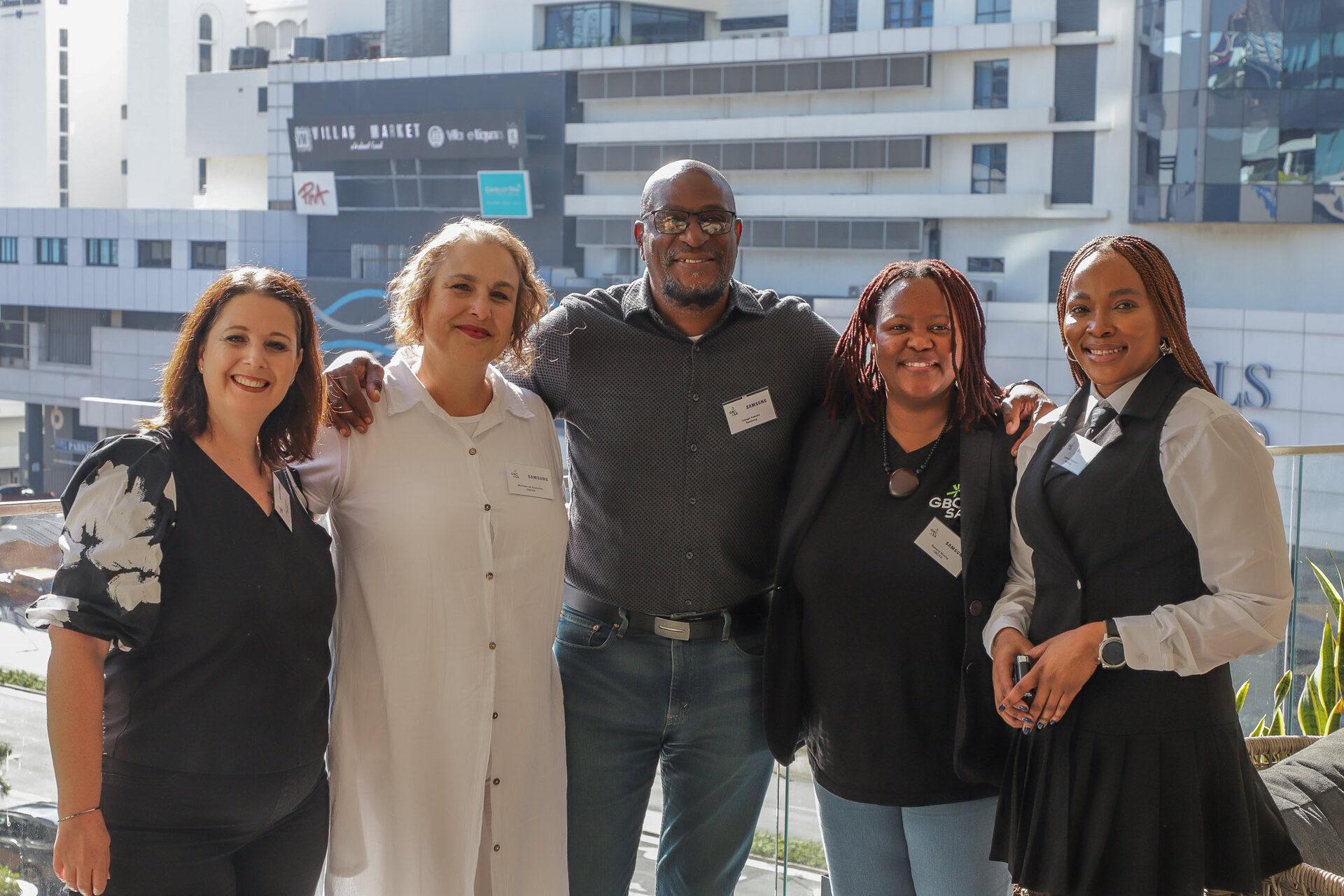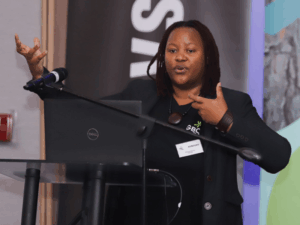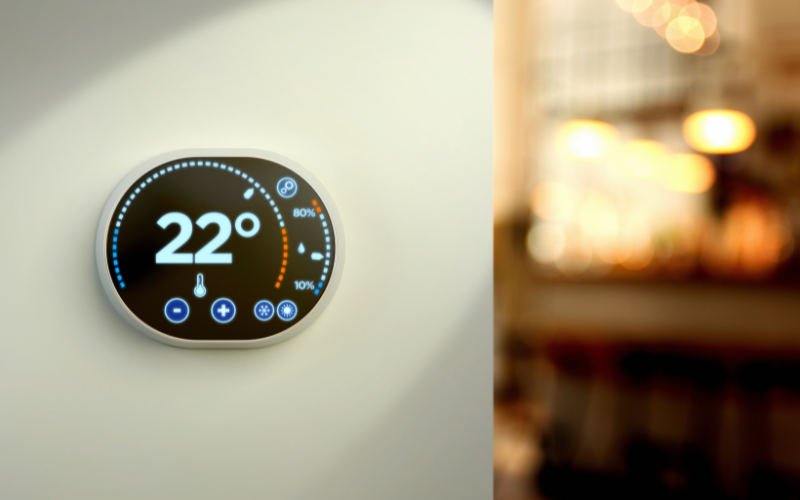The balance between occupant comfort and energy efficiency can sometimes be a challenge. Factors such as air quality and temperature control are key contributors to the comfort and health of occupants, and contribute to a building’s sustainability. However, HVAC systems, which often help regulate these factors, require energy to operate, and in doing so can increase operational carbon and negatively impact our environment.
This tension around having a building that is both comfortable for occupants while being energy efficient was discussed at a recent GBCSA Planet Shapers event held in Durban.

GBCSA’s Bakang Moeng along with Samsung’s Joseph Kaseke presented their unique perspectives on a challenge that every commercial building faces in South Africa.
To lay the foundation, Bakang first explored IEQ (indoor environmental quality).
What is IEQ (indoor environmental quality)?
IEQ refers to how liveable and pleasant an indoor environment is. This includes:
- Consideration of air quality
- Thermal comfort
- Lighting
- Acoustics
There’s also a better understanding of IEQ now, shifting from simply getting lots of fresh air into a building to a more holistic approach.
It comes down to passive design first – ensuring the building is efficient and comfortable – before using technology and solutions to improve building performance.
Energy modelling and occupant feedback are great tools for understanding how people experience spaces and help find the balance that supports green building certification. Ultimately, everyone wants to optimise energy performance and occupant comfort, and a whole systems thinking approach is essential to achieving this.
Where do the HVAC manufacturers like Samsung fit into the picture?
Joseph Kaseke shared that manufacturers have become good at listening and paying attention to what regulations exist for energy efficiency and indoor air quality. What Samsung is also aware of is the need for smart solutions.
By using Building Internet of Things (BIoT) along with software that can provide digital monitoring of systems, it is possible to access data that can inform better operational decisions, and allow for greater control in terms of both efficiency and comfort. With customisable, interactive dashboards available for building HVAC systems, it’s far easier now than ever before to use these systems to support sustainability goals.
Weighing up the cost of these choices
As Joseph pointed out in his presentation, South Africa is a price-sensitive market when it comes to temperature control systems in commercial properties. There’s another kind of tension that exists when decisions have to be made between wanting to be more green, but also wanting the HVAC to provide indoor air comfort, and having to work according to a specific budget.
Bakang thoughtfully stated that integrated design could provide solutions to ease the tension between energy efficiency and IEQ. With everyone from the architect, to the engineer, to the interior designer all working together, it’s possible to have an efficient system and create a wonderful environment for building occupants.
Both areas of performance in buildings have to be prioritised but it certainly doesn’t mean you can only have one or the other. This discussion proved once more that different professionals from different sectors can bring their expertise and knowledge into collaborations that can yield future solutions and achieve green building goals.
BIOS:

Bakang Moeng
Bakang is a trailblazer in developing the green building industry in South Africa.
Fulfilling the role of Manager: Public Sector Advocacy & Sustainability at GBCSA,
she has a background in architecture and robust technical knowledge acquired
over 18 years in the built environment and sustainability.

Joseph Kaseke
Joseph joined Samsung Electronics 14 years ago as the National Technical Manager
and has moved to become their Engineering Manager. Although his role is now mainly
pre-sales and design he is a product specialist for the Samsung Commercial range.
Joseph is a full member of ASHRAE.



